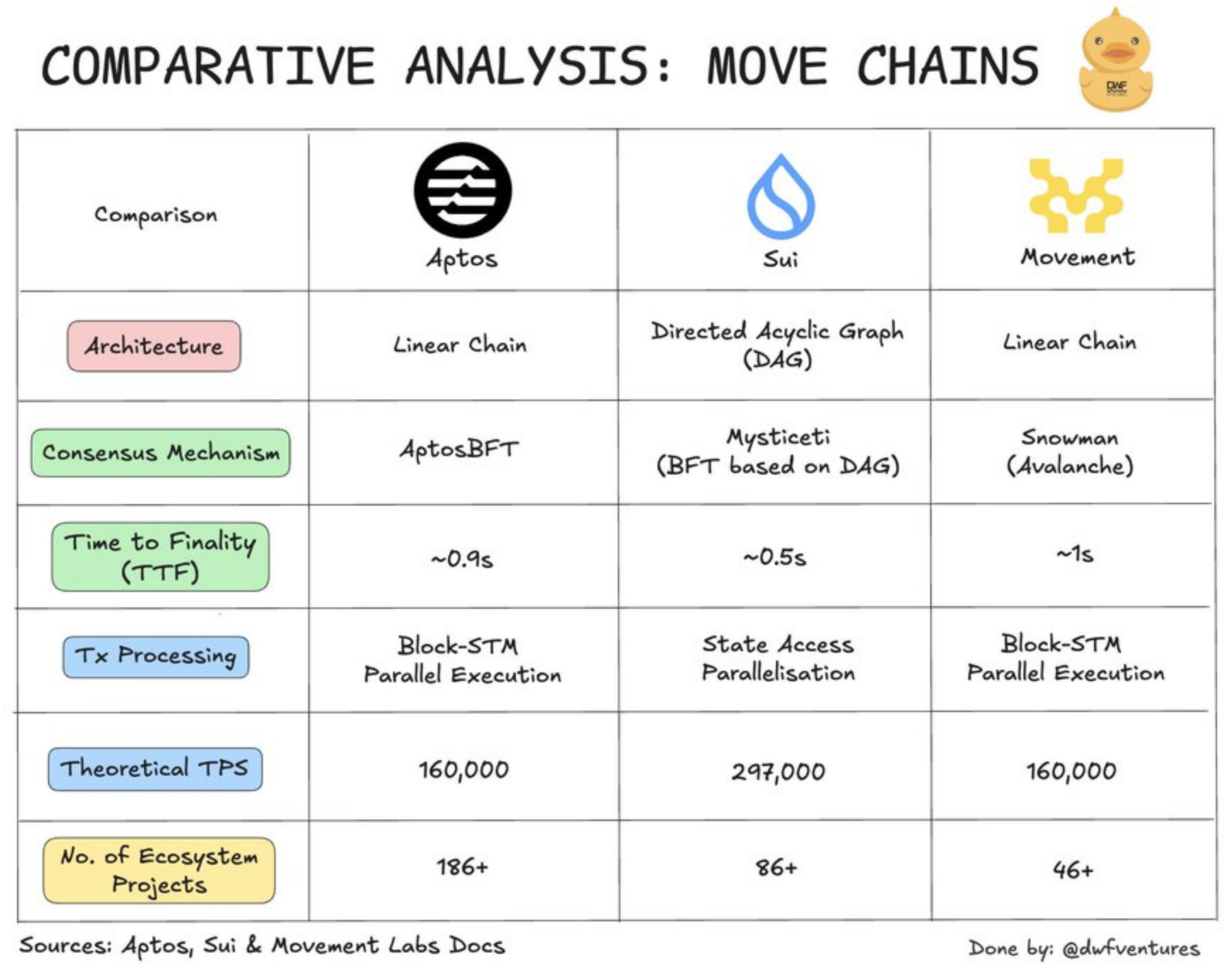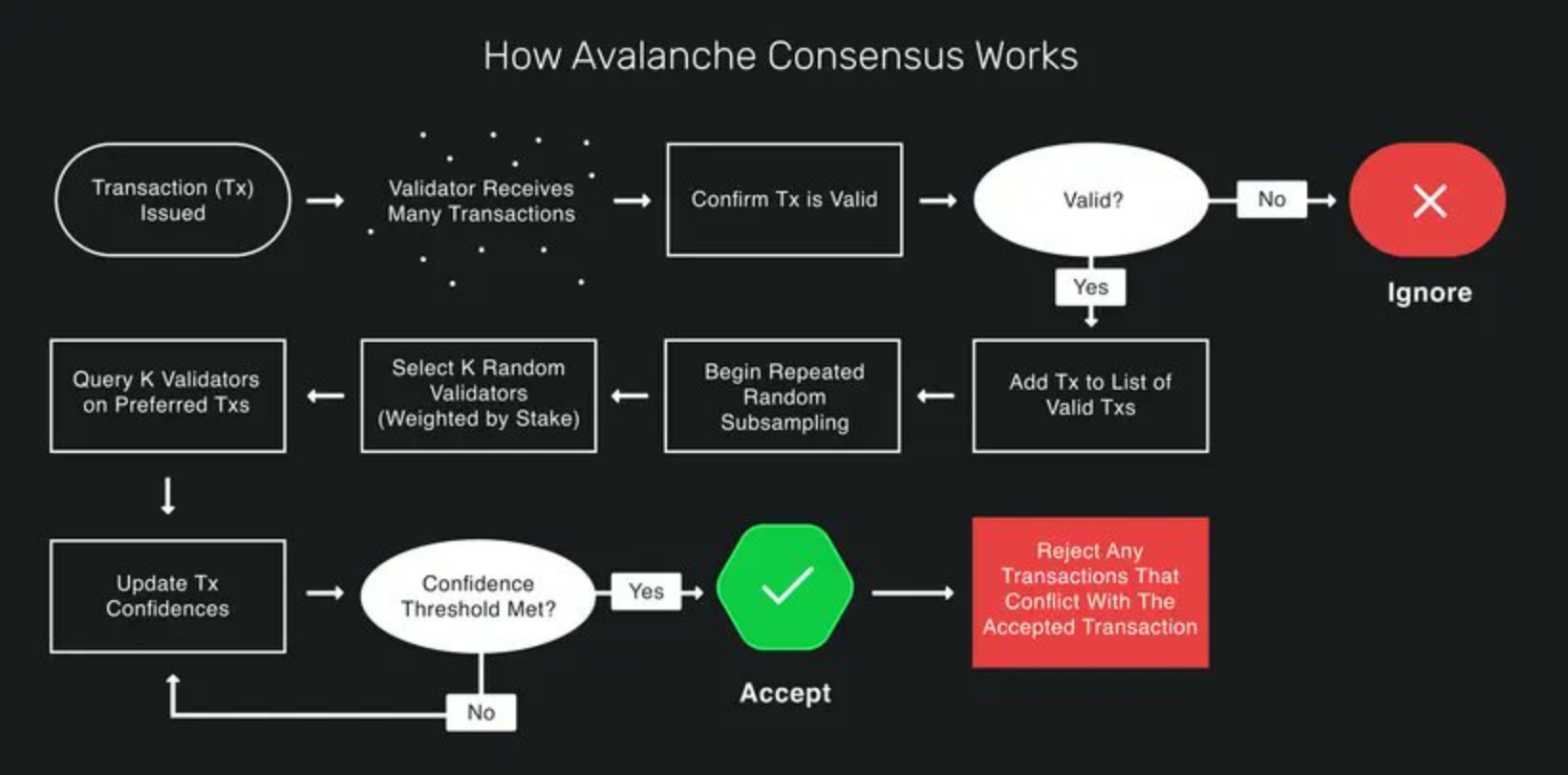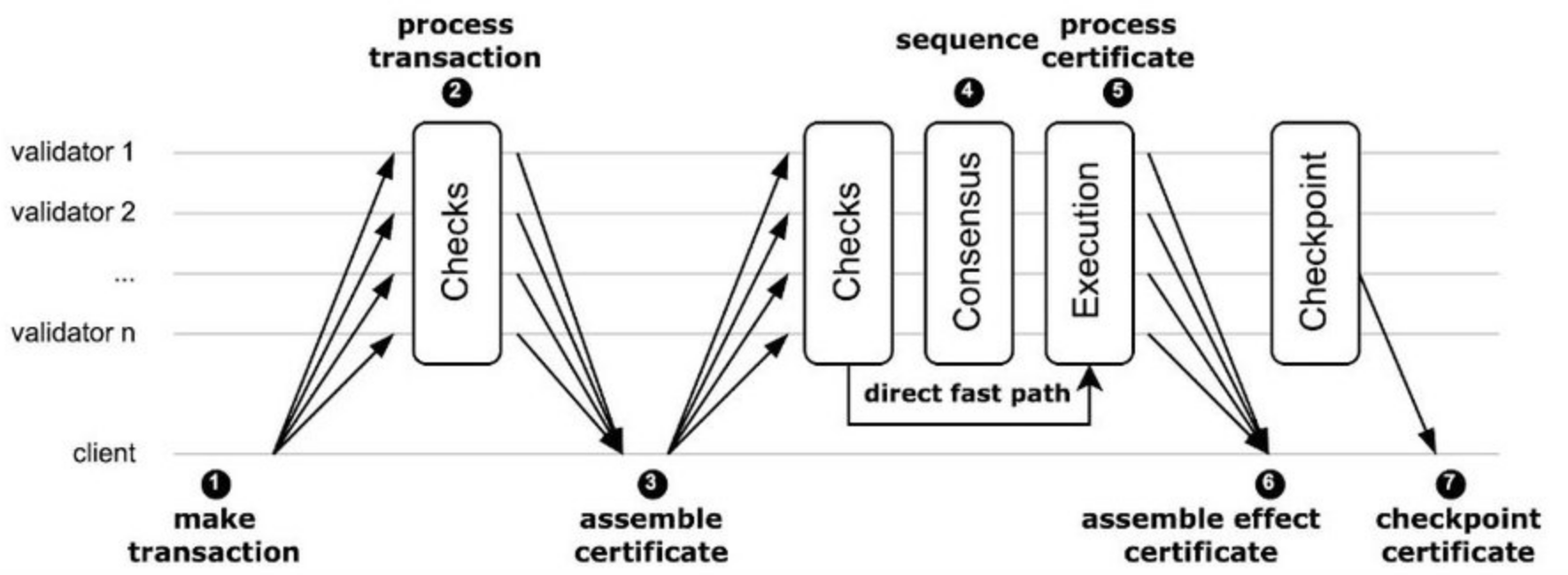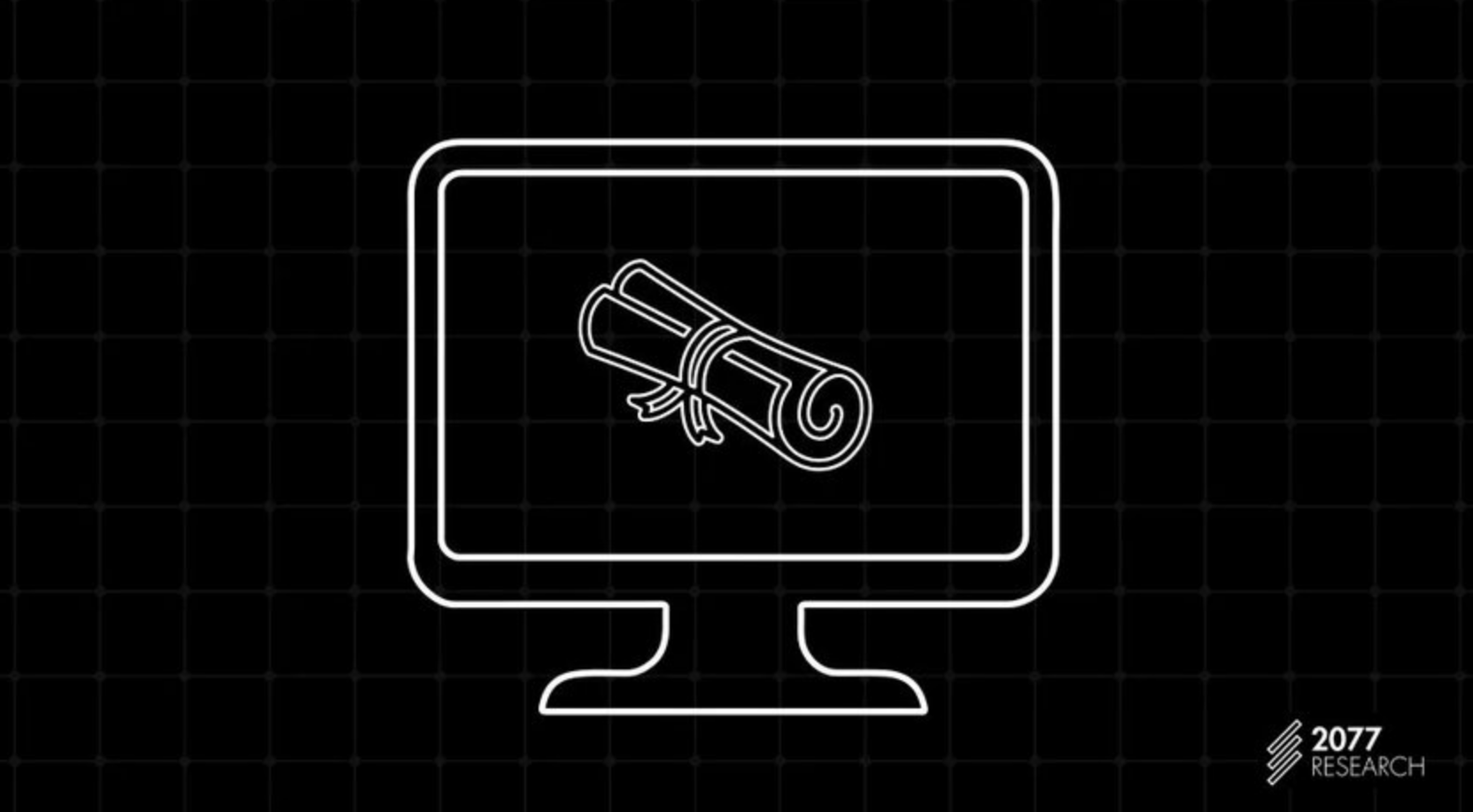The Move chains are rapidly rising, with @Aptos, @SuiNetwork, and the upcoming @movementlabsxyz each having their own characteristics, utilizing different architectures and consensus mechanisms to enhance transaction processing efficiency and ecosystem development.
Written by: @DWFVentures
Translated by: Blockchain Simplified
The Move chains are quickly emerging. The attention on @Aptos and @SuiNetwork is rapidly increasing, while the upcoming @movementlabsxyz is also steadily growing in performance on the testnet. All three chains utilize the Move language, but what are the differences behind them?
Let’s explore.

1. Architecture
Aptos and Movement are linear blockchains, meaning blocks are generated in sequence, and state changes are gradually advanced through batch transactions.
Meanwhile, Sui adopts a DAG (Directed Acyclic Graph) structure, resembling a network composed of nodes and transactions, where transactions can achieve consensus independently, ensuring high throughput.

2. Consensus and Transaction Finality Time (TTF)
All chains employ some form of Byzantine Fault Tolerance (BFT) protocol.
AptosBFT improves efficiency by allowing nodes to communicate only with the leader and rotates the leader through a voting mechanism.
Sui's Mysticeti allows a single validator to sign blocks and appoints multiple leaders, enabling each block to submit more transactions.
Mysticeti provides @SuiNetwork with strong momentum, significantly reducing transaction latency and decreasing CPU demands on Sui validators, granting Sui high throughput and robust resilience.
Movement uses the Avalanche's Snowman consensus mechanism, which requires majority agreement from a sample subset of validators and introduces delays when decision conflicts occur.
These mechanisms affect the transaction finality time (TTF) of the chains, with Sui having the fastest average TTF of about 0.5 seconds.

3. Transaction Processing and Transactions Per Second (TPS)
All chains utilize parallel execution mechanisms, allowing non-conflicting transactions to be processed simultaneously.
Aptos and Movement use Block-STM optimistic parallelization, assuming all transactions can be processed in parallel, and re-executing in case of erroneous transactions.
Sui employs a state access method that sorts based on the objects involved in the transaction platform, ensuring that transactions can be executed without conflict after the validators confirm the transaction certificates.
As a result, Sui can process transactions more efficiently without needing re-execution, reducing the hardware burden and enhancing the scalability of transactions per second (TPS).

4. Ecosystem
As the longest-running chain, Aptos currently has more ecosystem projects than Sui and Movement.
All chains are actively promoting builder communities and funding programs, which may lead to significant growth in the coming months 👀
Here are the lists of ecosystem projects for each chain:
http://aptosfoundation.org/ecosystem/projects
http://sui.directory
http://testnet.movementlabs.xyz/apps
Overall, we believe the Move ecosystem will continue to grow rapidly, and we look forward to seeing more progress.

免责声明:本文章仅代表作者个人观点,不代表本平台的立场和观点。本文章仅供信息分享,不构成对任何人的任何投资建议。用户与作者之间的任何争议,与本平台无关。如网页中刊载的文章或图片涉及侵权,请提供相关的权利证明和身份证明发送邮件到support@aicoin.com,本平台相关工作人员将会进行核查。




